Grafe Auction 2025: A Year of Growth, Innovation, and Community Impact
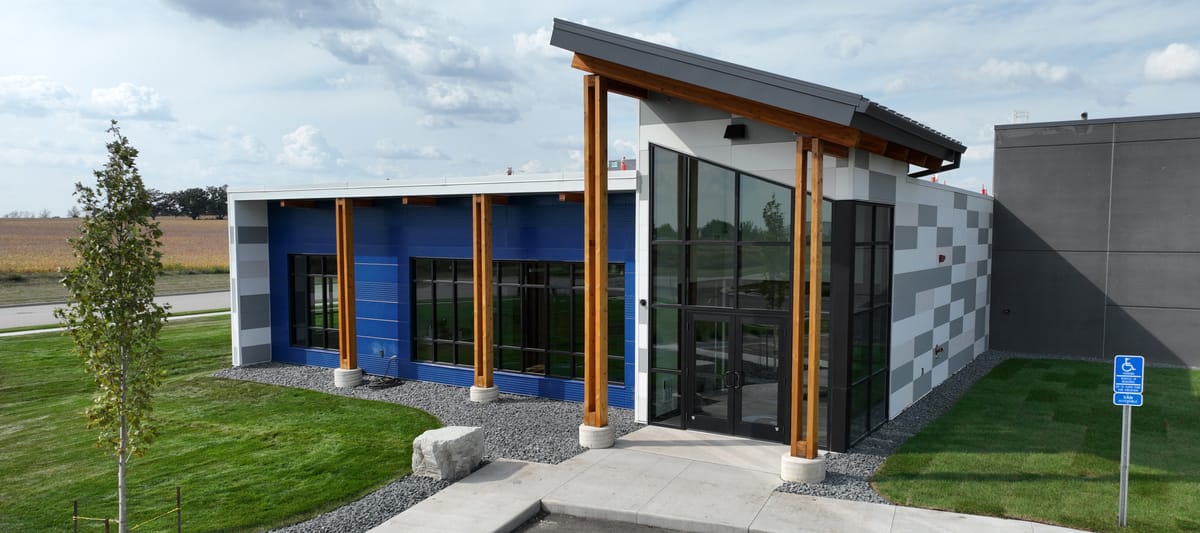
As we close out 2025, we're reflecting on a year marked by strategic growth, industry leadership, and meaningful community impact. Our team conducted 235 successful auctions across diverse sectors, connecting 269,678 registered bidders with quality assets nationwide. From completing major corporate liquidations to supporting craft breweries and recreational businesses, each project represented an opportunity to deliver the professional service and expertise that has defined Grafe Auction for over six decades.
What makes 2025 particularly special is the depth of our industry involvement. Three members of our team took on prominent leadership roles at the National Auction Association Conference, demonstrating our multi-generational commitment to advancing the auction profession. At the same time, we witnessed how business liquidations can transform communities, as nonprofit organizations leveraged our auctions to achieve their missions on limited budgets.
We're grateful for the trust our clients placed in us this year and proud of what we accomplished together. Here's a look back at the highlights, challenges, and successes that made 2025 memorable.
A Year of Continued Growth and Excellence
The numbers tell an encouraging story. We conducted 235 auctions throughout 2025, serving clients across the United States while maintaining our commitment to excellence in every engagement. Our registered bidder base grew to 269,678, an increase from last year's 238,831, demonstrating continued confidence in our platform and services. Our website attracted 1,176,882 visitors seeking quality equipment and investment opportunities.
These statistics represent more than just numbers. Each auction involved careful planning, professional execution, and dedication to maximizing value for both sellers and buyers. Whether handling a single-location retail liquidation or coordinating a multi-state corporate project, our team brought the same level of expertise and attention to detail.
Our work spanned an impressive range of industries in 2025. We conducted 66 supermarket auctions, maintaining our position as a leading provider in this specialized sector. Food service equipment warehouses represented another significant category with 46 auctions, while we also handled 20 retail locations, 18 restaurants, 12 distribution centers, and 10 corporate offices. Additional projects included 7 breweries, 5 production and manufacturing facilities, 5 hotel, event center, and theater venues, 4 real estate auctions, 2 bakeries, and more.
This diversity reflects our team's versatility and deep expertise across multiple sectors. From understanding the unique requirements of refrigerated supermarket equipment to navigating the complexities of specialized brewery systems, we bring industry-specific knowledge to every engagement.
Trusted by Industry Leaders
Our continued partnerships with Fortune 500 companies demonstrate the trust we've built through years of professional service. These relationships don't happen by accident—they're the result of consistent performance, clear communication, and unwavering commitment to our clients' success.
Target Corporation remained a significant partner in 2025 as we completed the final three auctions of their City Center Office liquidation in Minneapolis. This multi-year project showcased our ability to handle complex, high-profile liquidations while maintaining exceptional service standards. The impact of these auctions extended beyond the immediate transaction, as we'll discuss later when exploring how nonprofit organizations benefited from this inventory.

Office Depot entrusted us with four distribution center liquidations, requiring coordination across multiple locations and careful handling of extensive inventory systems. Kroger's partnership included 13 stores throughout the country, plus their repair depot and equipment warehouse in Louisville, demonstrating our capability to manage large-scale, multi-location projects with varied asset types.
We continued our relationship with Staples, conducting auctions for 14 retail locations nationwide and their corporate office in Mesa, California. This ongoing partnership, which included 25 locations in 2024, reflects our proven track record in retail liquidations and our ability to execute consistent results across multiple projects.
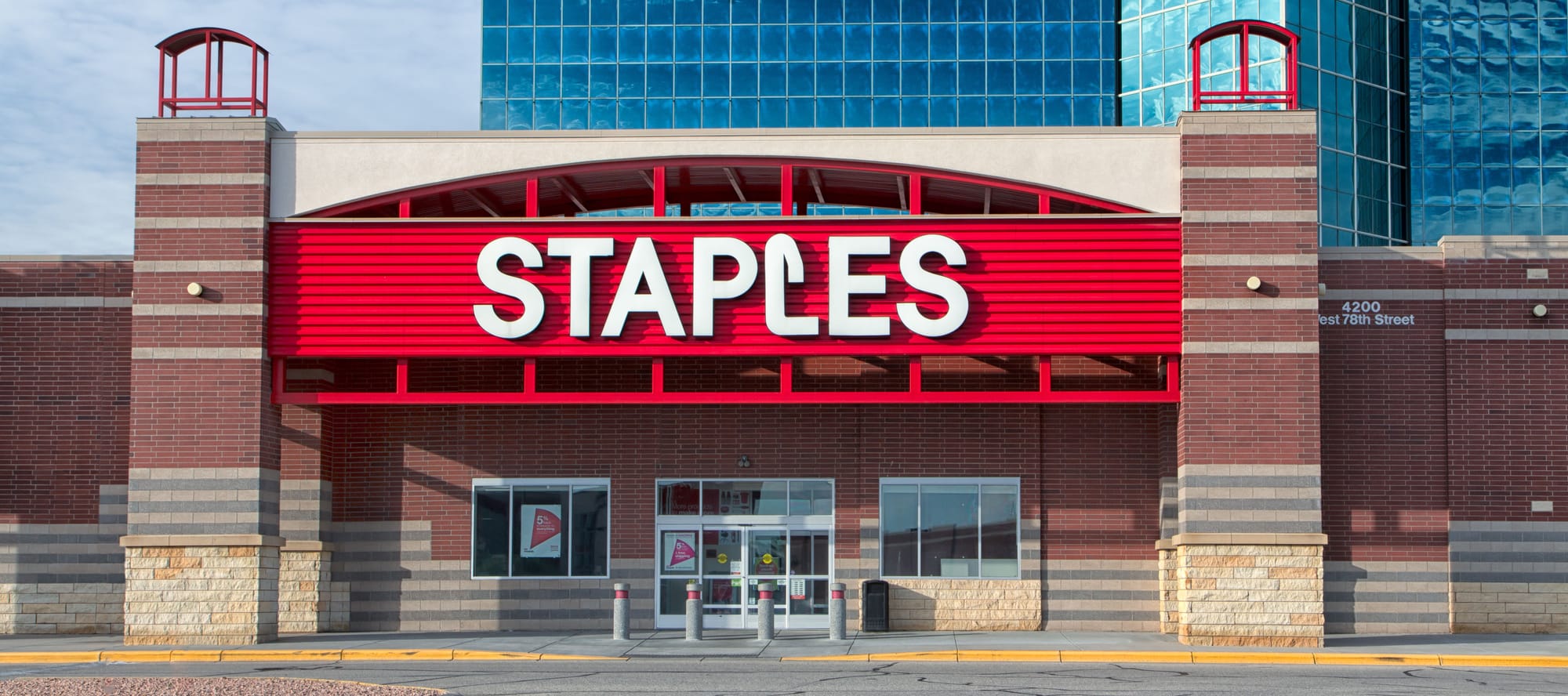
These major client relationships represent more than business transactions. They're partnerships built on mutual respect, clear expectations, and reliable performance. When companies face transition moments—whether closing facilities, upgrading equipment, or consolidating operations—they need auction partners who understand the complexities involved and can deliver results under pressure.
Unique Liquidations and Memorable Projects
While working with major corporations forms a significant part of our business, 2025 also brought unique projects that showcased our versatility and expertise across specialized markets.
Four Sports Memorabilia Collection Auction
One of our most engaging asset classes involved a comprehensive sports memorabilia series spanning four separate auctions. These extensive auctions included 3,661 total lots that attracted 935 bidders who placed an impressive 183,518 bids throughout the series.
The collections featured strong representation from Minnesota teams including the Vikings, Twins, Wild, and Timberwolves, alongside national and regional collectibles. We offered over 350 signed items from celebrated athletes, with 140 pieces professionally authenticated by Beckett and other respected authorities. Unique items like "Miracle on Ice" team memorabilia generated significant interest among serious collectors.
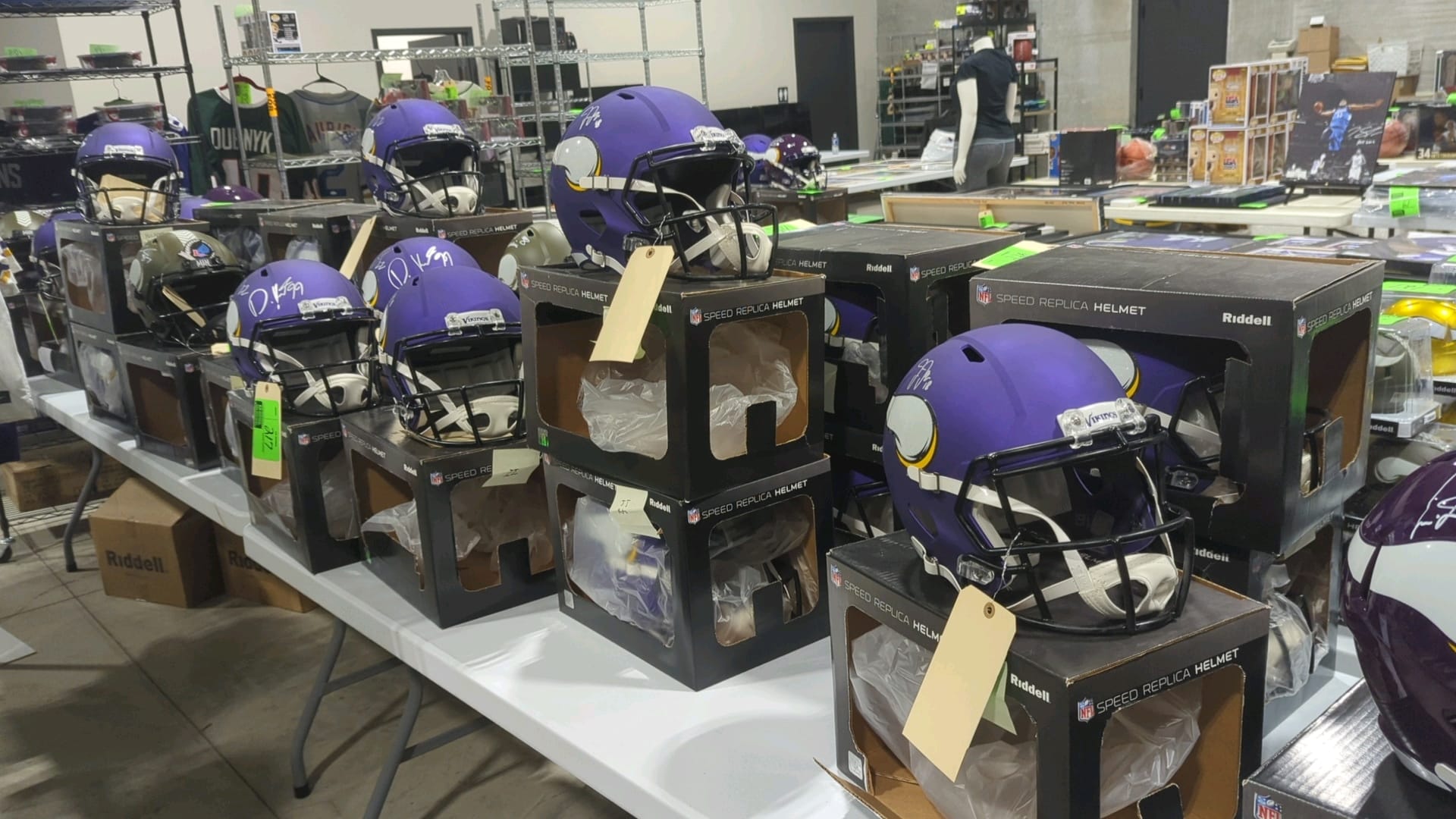
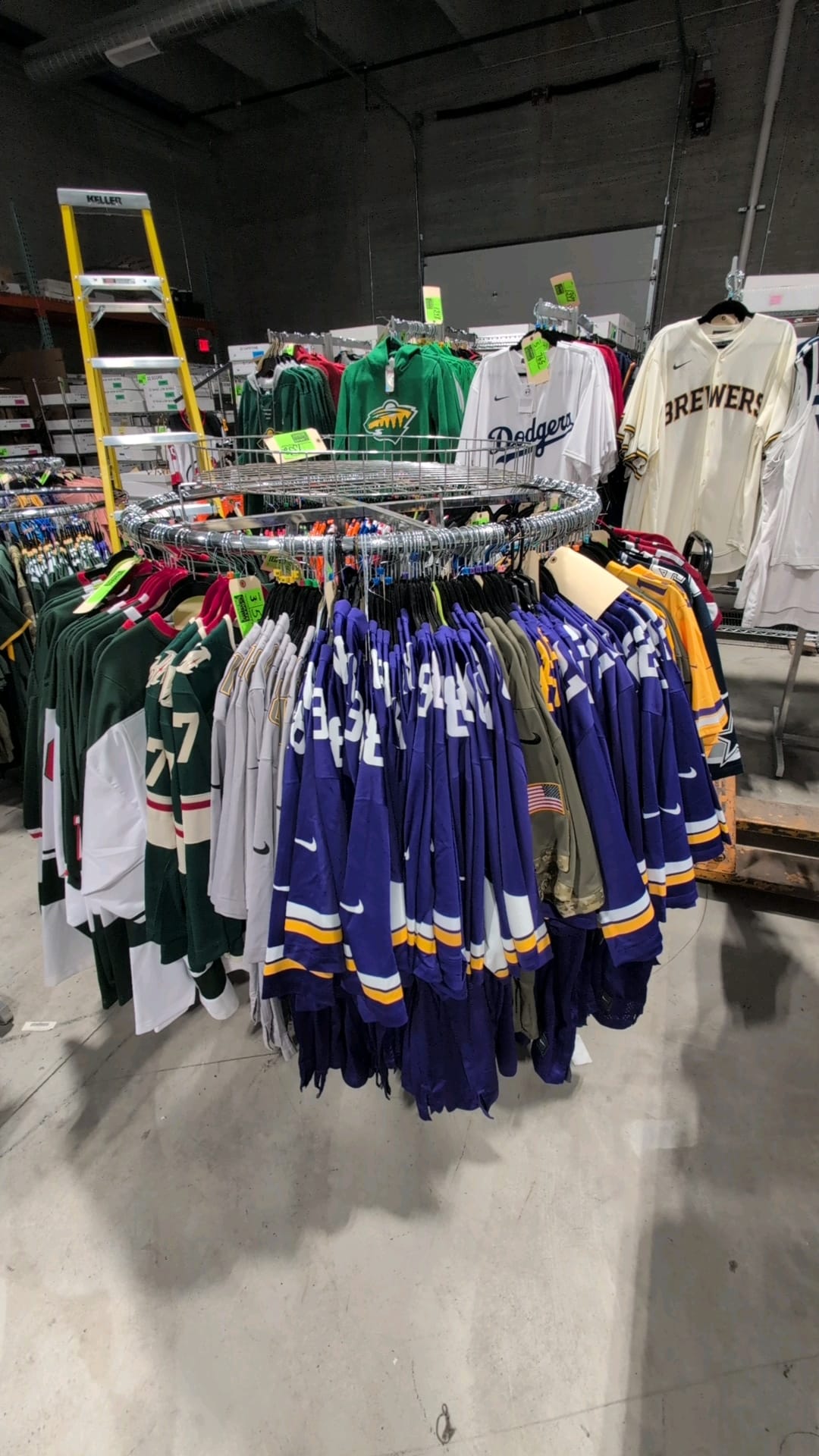
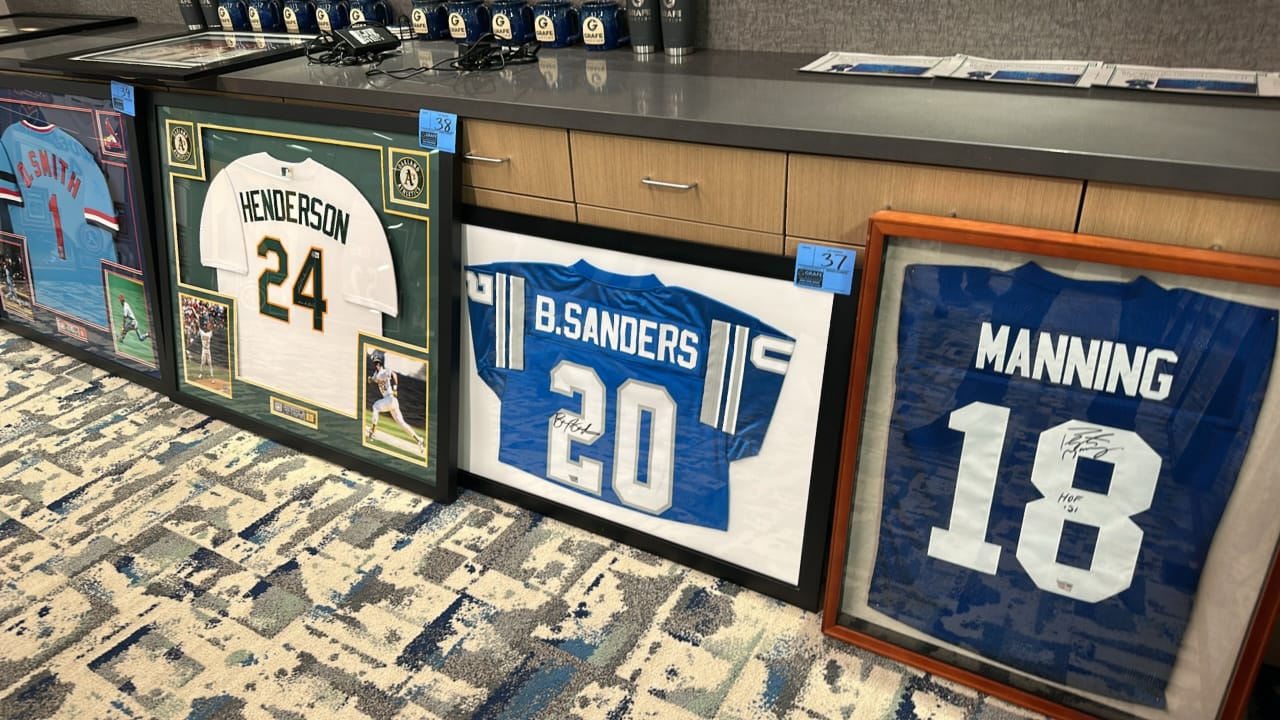
Some of the helmets and jerseys sold at the sport memorabilia auctions.
The inventory spanned multiple sports categories: 152 baseball items, 64 football pieces, 62 basketball collectibles, and 49 hockey items. Authenticated signatures from current stars like Justin Jefferson and Byron Buxton joined legendary names like LeBron James, creating appeal across different collector segments and price points.
What made these auctions particularly successful was the careful authentication and detailed cataloging. Collectors need confidence when investing in memorabilia, and our thorough documentation process provided the assurance necessary for competitive bidding. The strong participation across all four auctions demonstrated how proper presentation and marketing can unlock value in specialized collectibles markets.
Craft Brewing Industry Expertise
The craft brewing industry continued to evolve in 2025, and we conducted seven brewery auctions that showcased our specialized expertise in this sector. These projects ranged from complete production facilities to smaller brewpub operations, each requiring understanding of both brewing operations and hospitality business models.
Prairie Pride Brewing Co.'s auction featured a premium ABE 15 BBL 3-vessel brewhouse system, along with fermenters ranging from 15 to 30 BBL capacity. Sacrilege Brewery & Kitchen's complete brewpub liquidation included professional restaurant equipment alongside brewing systems. LynLake Brewery offered a DME 10 BBL system with six fermenters, three brite tanks, and 142 stainless steel kegs—essentially a complete production brewery operation.
BŪCH Fermentary & Taproom's auction in Minneapolis featured a substantial JVNW 40-barrel brewhouse system, representing one of the larger operations we handled during the year. Emmett's Brewing Company in Downers Grove, Illinois, provided a fully equipped 15-barrel brewpub system from Specific Mechanical Systems. We also conducted comprehensive liquidations for Alloy Brewing Company in Coon Rapids and Mankato Brewery, the latter featuring 426 lots covering every aspect of brewing operations.
These brewery auctions serve multiple buyer segments. Startup breweries find opportunities to acquire professional equipment at auction value rather than waiting months for new manufacturing. Established operations discover expansion capabilities or specialized components to enhance their current systems. Equipment dealers and hospitality businesses source assets for various applications.
Our understanding of brewery-specific equipment—from glycol chillers to keg washers to grain handling systems—enables us to properly market these specialized assets to qualified buyers. The successful completion of seven brewery projects in 2025 reflects both our industry expertise and the ongoing evolution of the craft beverage market.
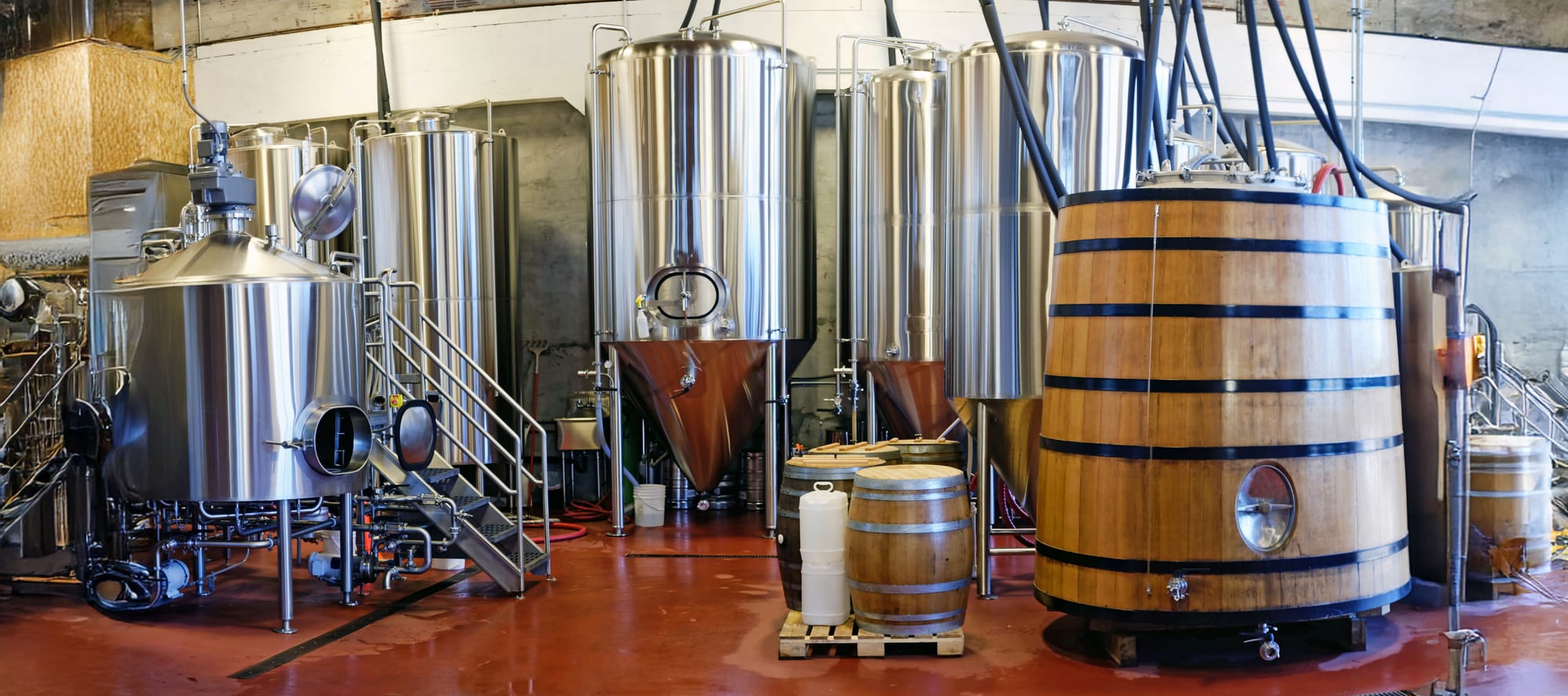
Universal Marine & RV: Managing Complexity Across Multiple Markets
When Universal Marine & RV in Rochester, Minnesota, needed to liquidate their extensive inventory, the project's scope tested our capabilities across multiple recreational sectors. The two-part auction series included 1,495 lots generating over $850,000 in total sales, with inventory ranging from luxury motorhomes to individual kayak paddles.
The recreational vehicle category led both auctions, with new 2023 and 2024 models from manufacturers like Coachmen and Forest River. Class C motorhomes commanded the highest individual prices, while travel trailers and fifth wheels also performed exceptionally well. Beyond vehicles, the auctions included marine equipment, ATVs, an extensive parts department, and general merchandise.
What made this project particularly challenging was the diversity of asset types and target markets. New RVs required careful handling and marketing to maintain their value, while thousands of individual parts needed cataloging and photographing. Titled vehicles demanded proper documentation for smooth post-sale transfers. Each category attracted different buyer segments, requiring targeted outreach and strategic marketing.
Ben Grafe, our Director of Operations, noted that early involvement of our sales team proved essential in identifying logistical challenges and prioritizing accordingly. Coordination with both the seller and the new property owner ensured clean handoff and met everyone's expectations. The project demonstrated how comprehensive planning and attention to detail enable successful outcomes even with complex, diverse inventory.
For the complete story of this project's execution and results, read our detailed customer spotlight:
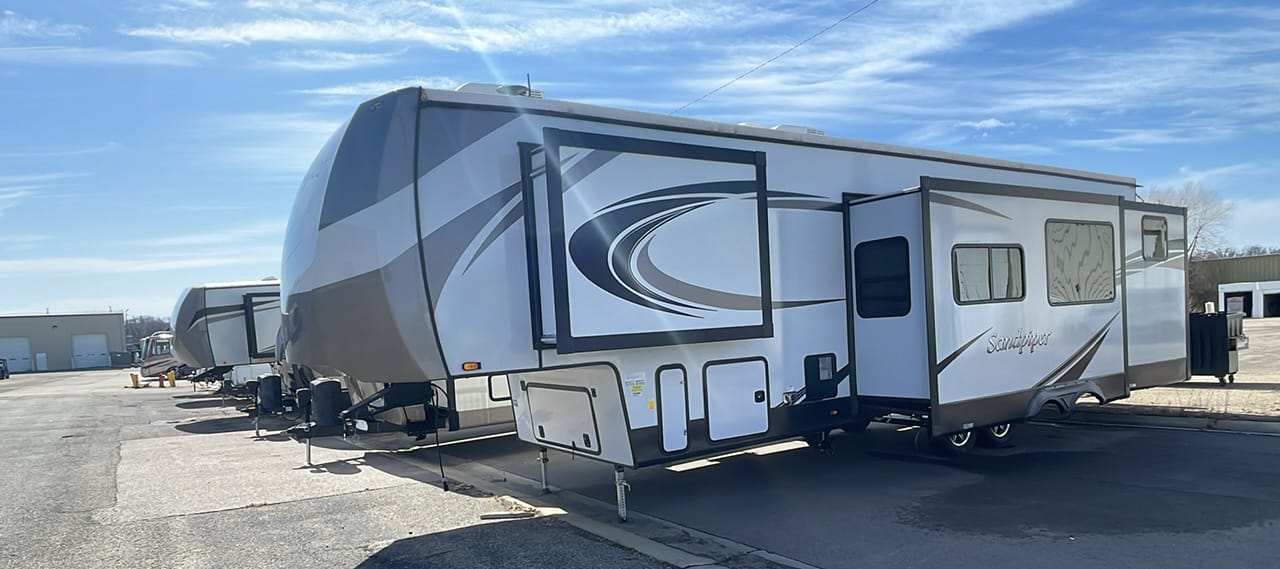
Big Lots Distribution Centers: Multi-Location Coordination
One of our most complex projects involved a comprehensive series of auctions for Big Lots distribution centers across multiple states. The scope included semi-trailer auctions at seven different locations nationwide, followed by material handling equipment liquidations in Montgomery, Alabama, and Tremont, Pennsylvania, and complete distribution center equipment auctions in Montgomery, Tremont, and Durant, Oklahoma.
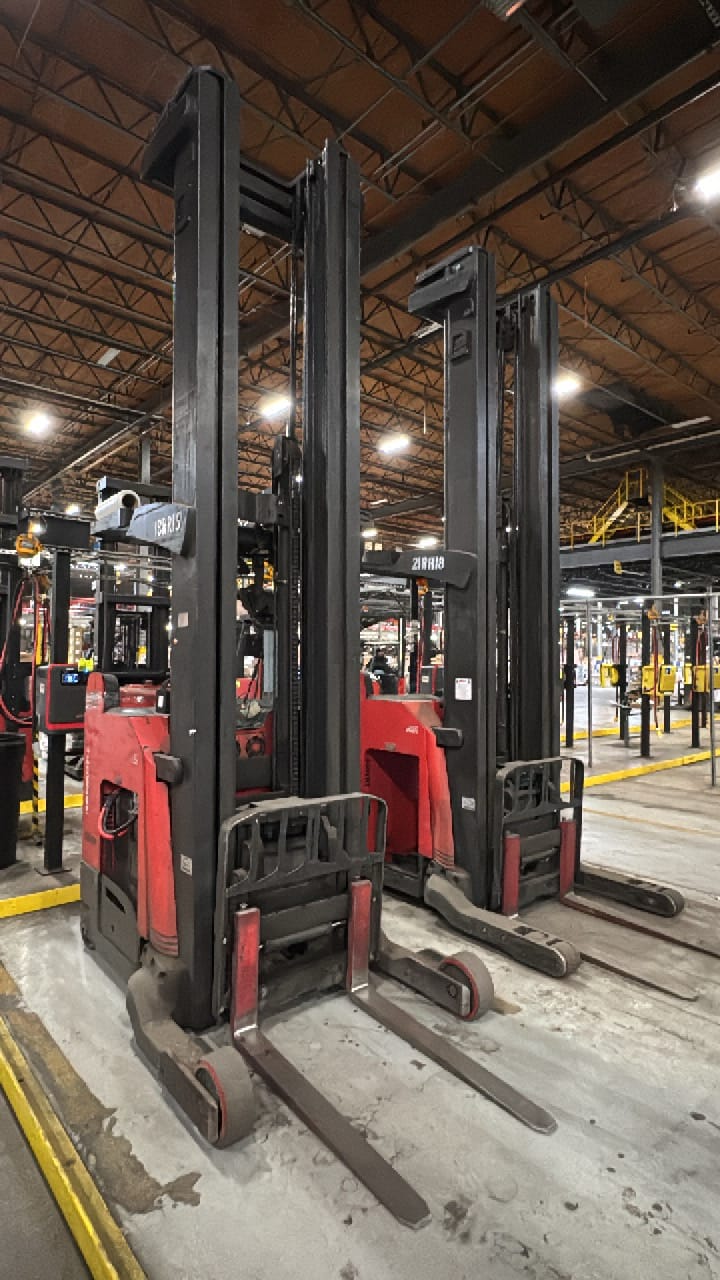
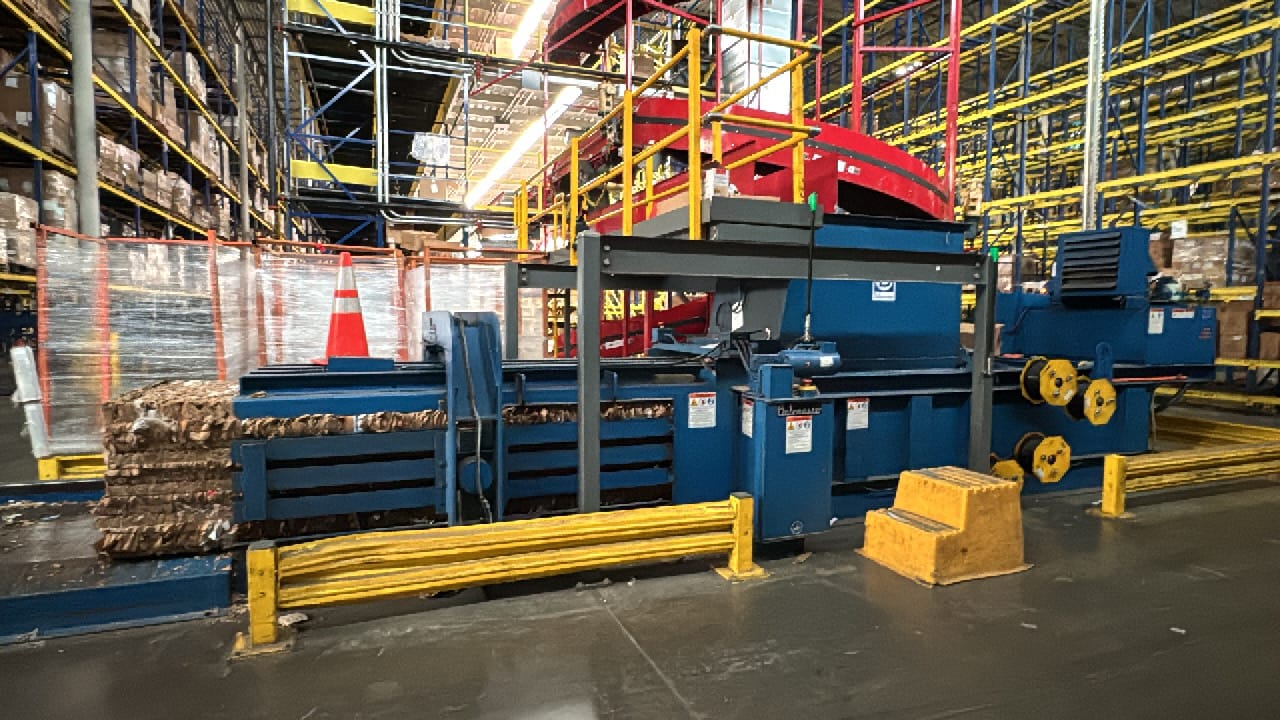
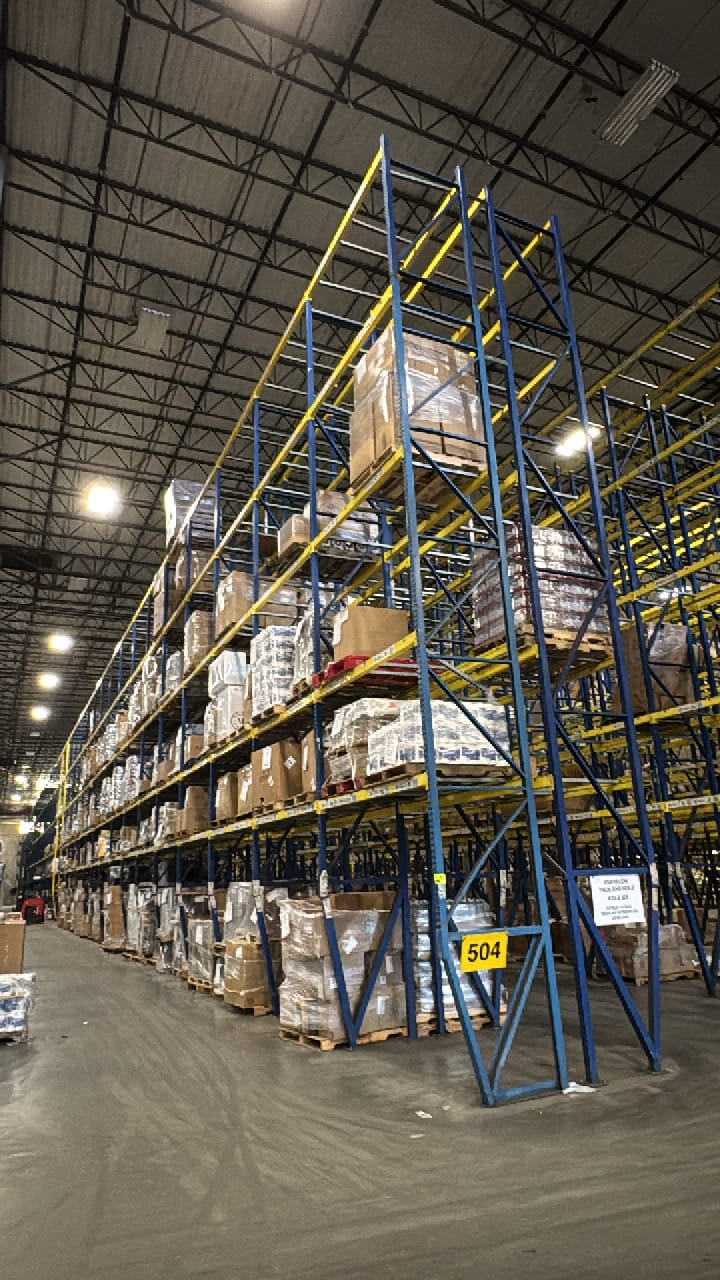
Equipment sold in the Montgomery Big Lots Distribution Center
The distribution center equipment auctions across Montgomery, Tremont, and Durant featured over 5,500 lots that attracted more than 1,500 bidders who placed 454,000+ bids, generating over $3.7 million in hammer price. The complexity of coordinating multiple simultaneous liquidations across different geographic regions while ensuring consistent service quality and maximum returns demonstrated our operational capabilities and national reach.
Kingsborough Atlas Tree Surgery: Premium Forestry Equipment
Our partnership with Kingsborough Atlas Tree Surgery in Santa Rosa, California, represented one of our highest-value single auctions of the year. Working in conjunction with Dudley Resources, we conducted the second fleet liquidation for this professional forestry operation, featuring late-model, CARB-compliant equipment essential for modern vegetation management.
The auction catalog included premium assets like a Vermeer HG6800TX horizontal grinder, multiple CAT tracked skid steers, 2022 Ford F550 chip trucks, specialized CMC Spider Lift, Peterbilt dump trucks, and Bandit tracked chippers. With 171 lots attracting 225 bidders who placed 21,722 bids, the auction achieved nearly $3 million in hammer price.
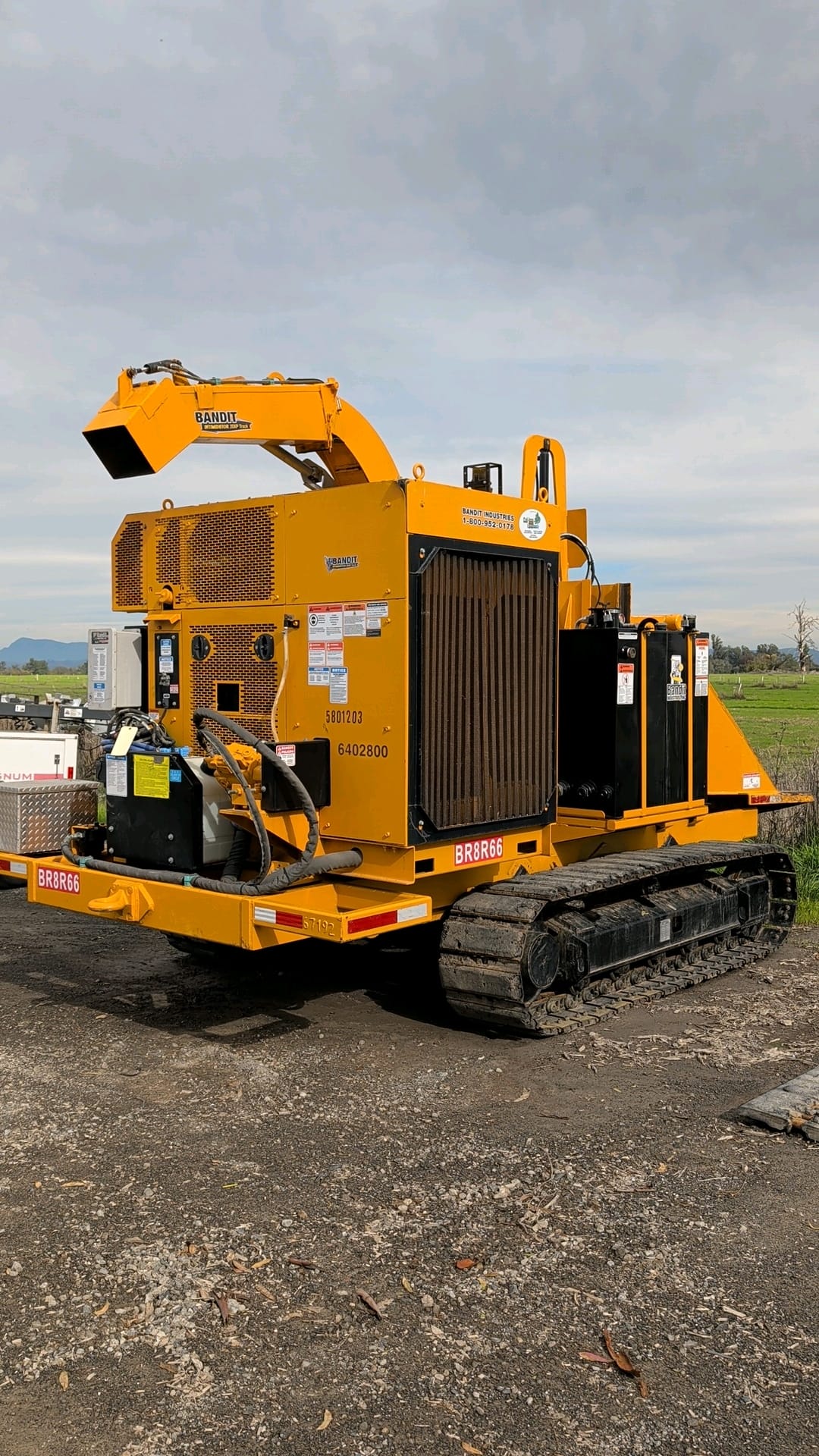
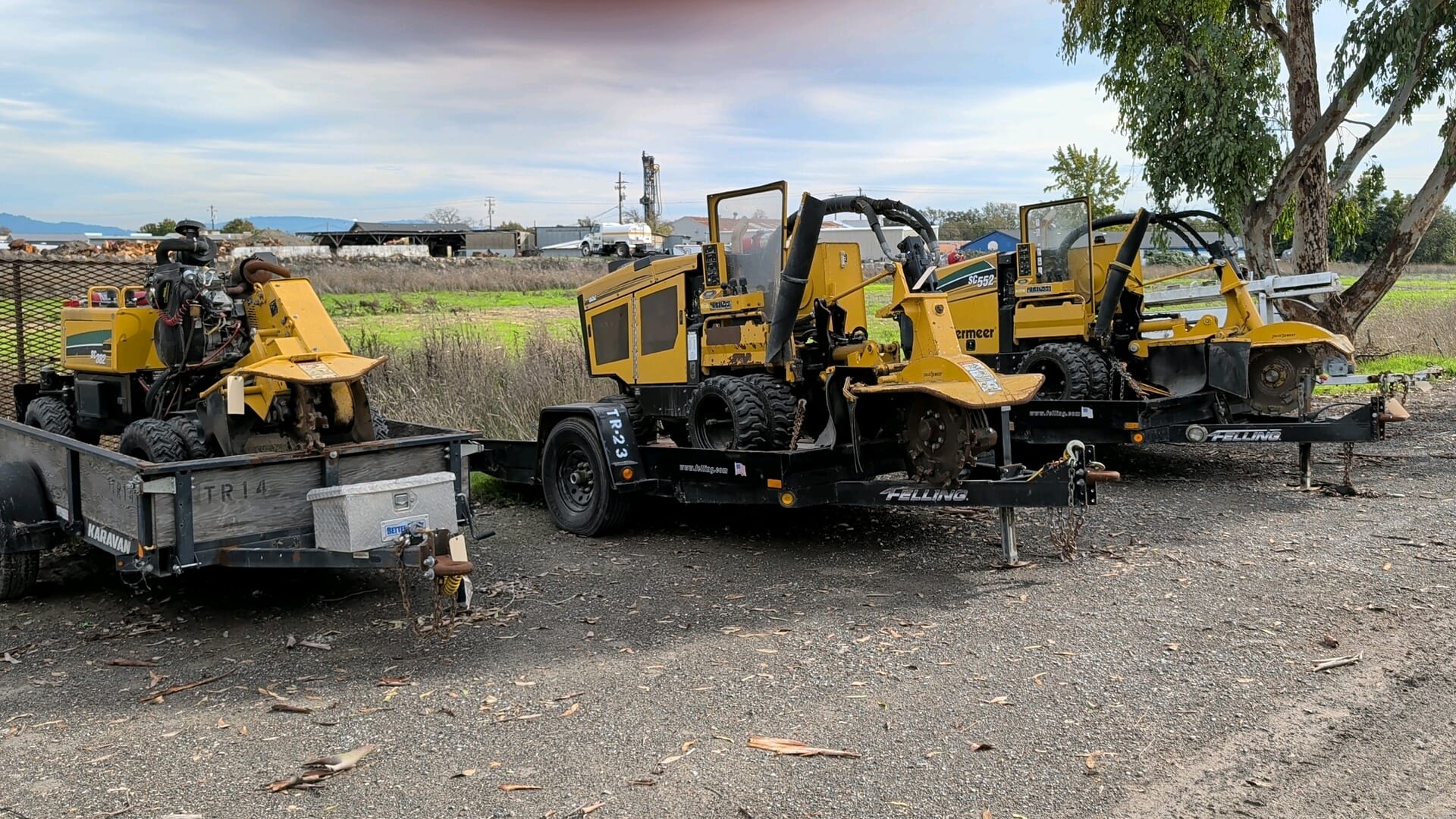
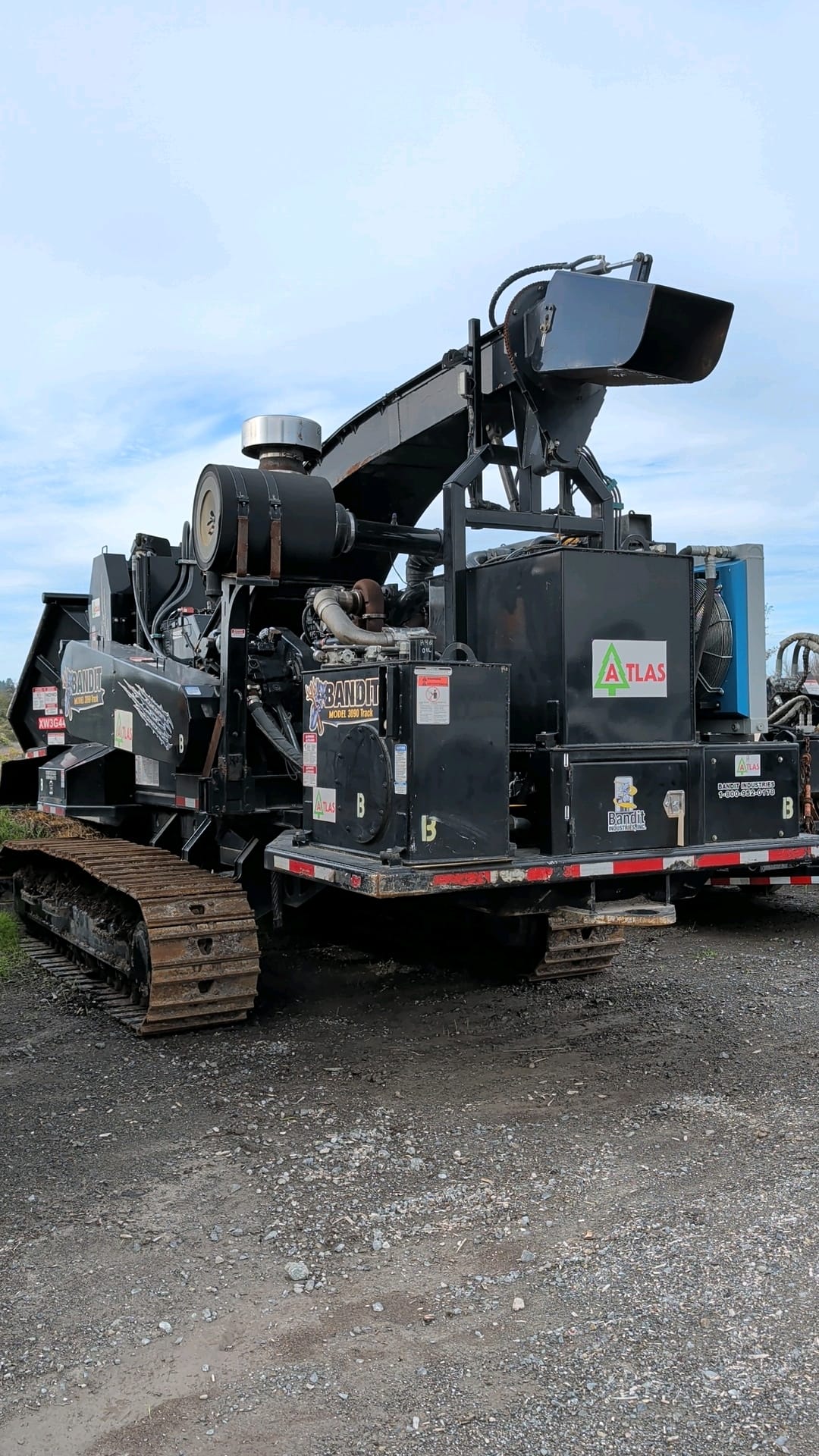
Equipment sold at the Kingsborough Atlas Tree Surgery Auction
Perhaps most significant was the competitive success—Kingsborough reported that our results came in 30-50% higher than a competitor's pricing, validating our targeted marketing approach and ability to reach qualified buyers in specialized sectors.
MACE Virtual Labs: Cutting-Edge Technology Liquidation
The auction of MACE Virtual Labs equipment in Houston, Texas, showcased our ability to handle emerging technology sectors. This comprehensive liquidation featured professional-grade virtual reality, augmented reality, and mixed reality equipment rarely seen at auction scale.
The extensive inventory included high-fidelity Varjo and HTC Vive XR Elite headsets, large quantities of new Pico 4 and Neo 3 Pro enterprise VR headsets, rare Teslasuit haptic suits, full-body motion simulators, and specialized accessories. The auction also featured Apple Mac computers, laptops, and tablets supporting the operation.
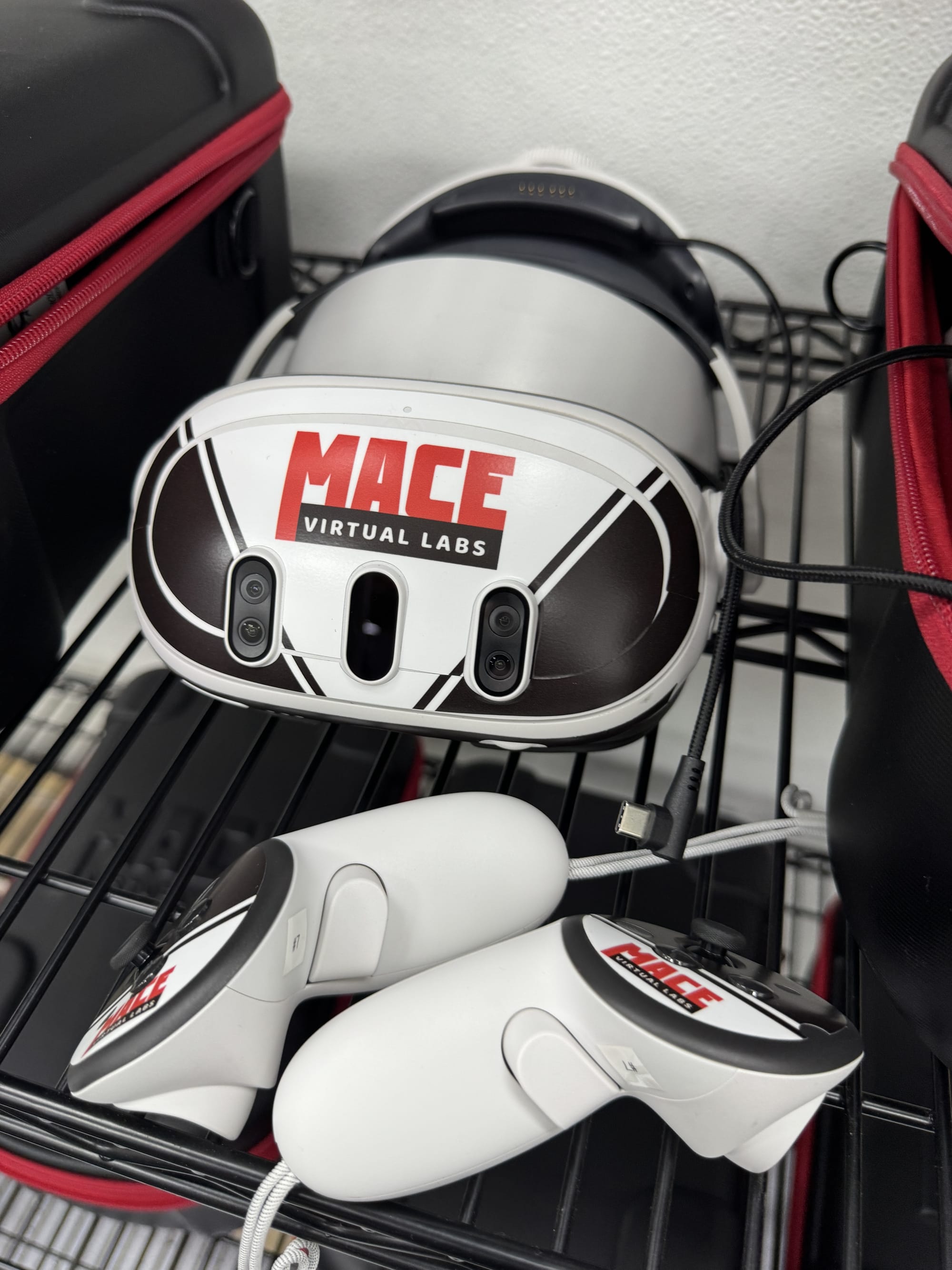
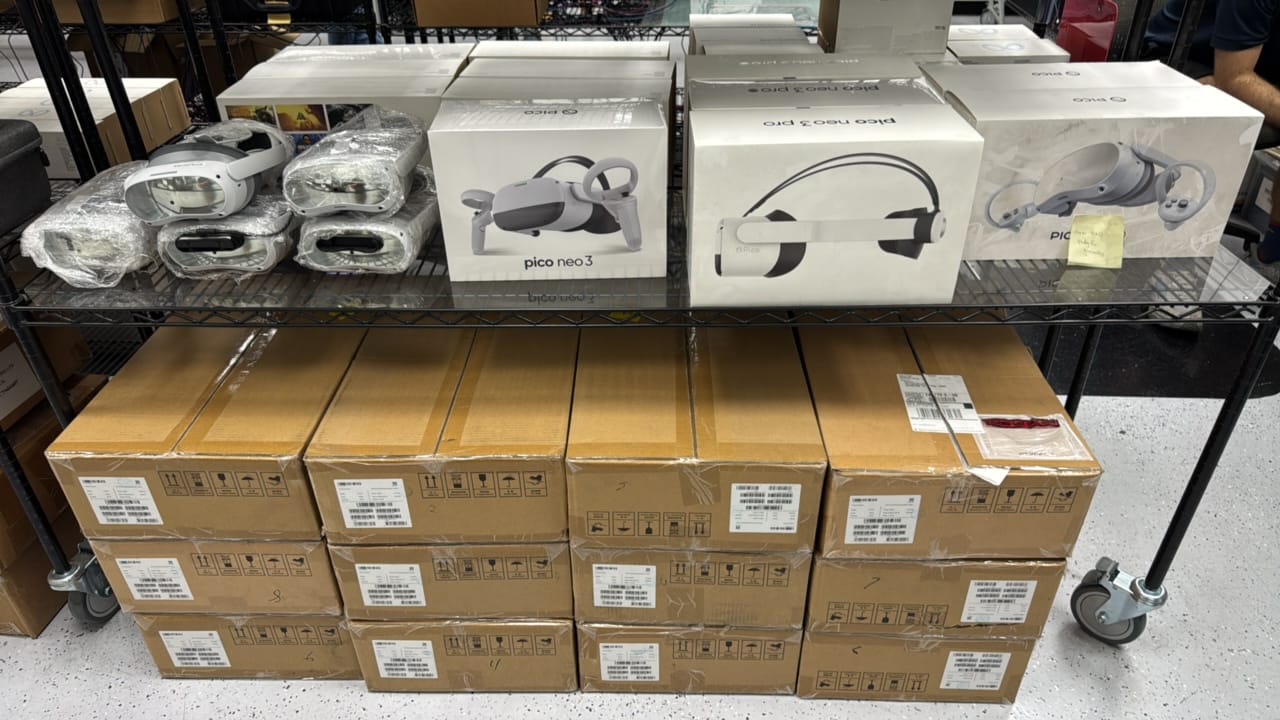
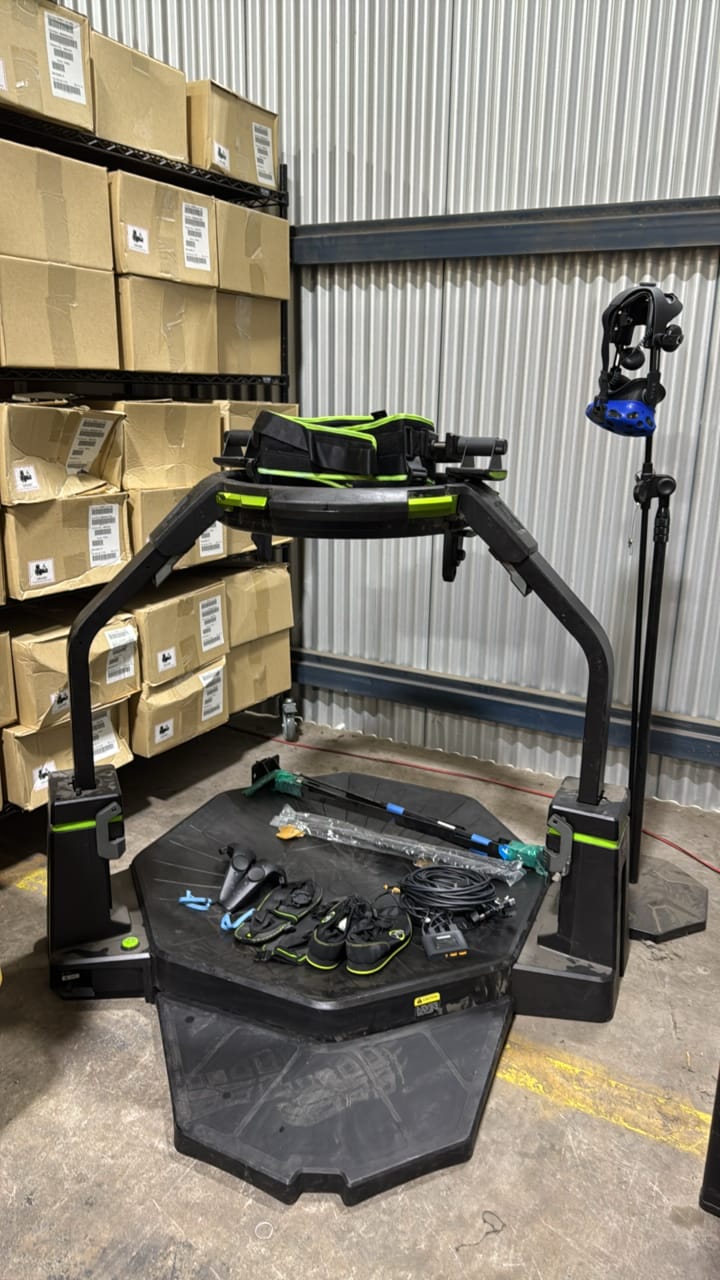
VR Equipment from the MACE Virtual Labs Auction
With 1,562 lots attracting 314 bidders who placed 110,918 bids, the auction generated just under $400,000 in hammer price. This project demonstrated our capability to market specialized technology assets to the right buyer audiences, from commercial VR arcades to research laboratories to individual enthusiasts seeking cutting-edge immersive equipment.
Leading the Auction Industry Through Innovation and Education
Industry leadership took center stage for Grafe Auction in 2025 as three members of our team simultaneously played prominent roles at the National Auction Association Conference & Show. This multi-generational involvement demonstrated our deep commitment to advancing the auction profession.
John Schultz concluded his term as NAA President, facilitating the Town Hall Meeting and Annual Business Meeting before passing the presidential gavel to his successor. His influence continues as Past President and Chairman of the Board. CEO Judd Grafe was elected President of the Board of Trustees of the National Auction Foundation, which has directed over $1.4 million toward NAA programs over the past decade. Ben Grafe moderated a session on auction processes and co-taught "AI for Beginners," providing practical applications that auction professionals could implement immediately.
Our active participation in professional associations and educational initiatives ensures we stay connected to the latest industry trends and best practices, directly benefiting our clients through enhanced knowledge and valuable industry connections.
For the complete story of our team's leadership roles and impact at the NAA Conference, read:
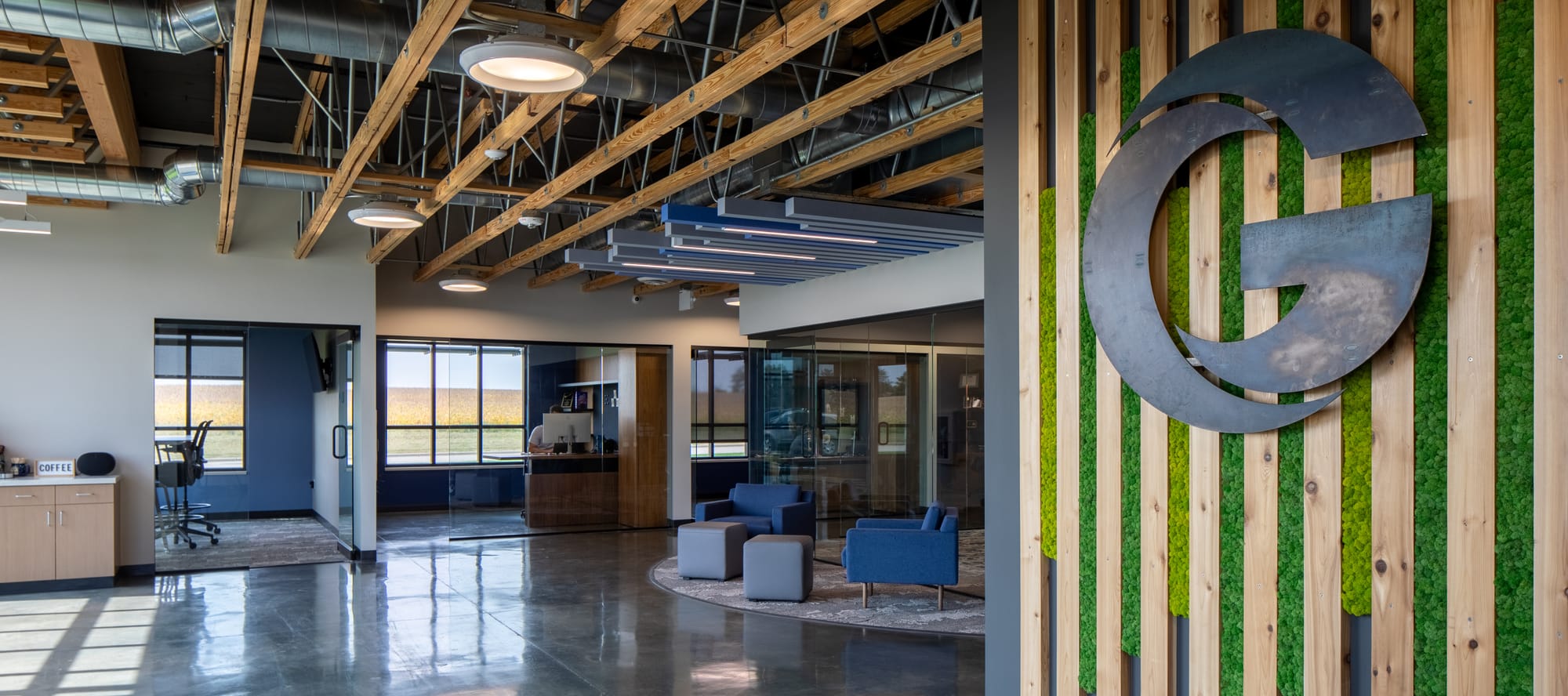
Making a Difference Beyond the Auction Block
While conducting successful auctions forms the core of our business, 2025 reminded us that our work can create ripples of positive impact far beyond individual transactions. When Ecolibrium3, a Duluth nonprofit organization, faced an $850,000 budget to reopen a pandemic-shuttered community center, they turned to our Target City Center auctions for a creative solution.
By strategically participating in three separate auctions, Ecolibrium3 reduced their project costs from $850,000 to approximately $50,000—a remarkable 94% cost savings. Modular cubicle systems became flexible room dividers, auction-purchased panels transformed into a living green wall, and sit-stand desks found new life as adjustable-height workbenches in their urban farm. The renovated space now serves multiple community organizations while enabling Ecolibrium3 to invest more resources directly into their mission.
For the complete story of how our Target City Center auctions enabled community transformation, read:

Looking Ahead
As we close out 2025, we're proud of our team's accomplishments and grateful for the trust our clients place in us. Each auction, whether a small local establishment or a major corporate transition, received the same dedication to excellence and attention to detail that defines Grafe Auction.
The success of this year has strengthened our foundation for continued growth and innovation. Our commitment to providing exceptional service while maximizing value for both buyers and sellers remains unwavering as we look forward to 2026. We remain focused on expanding our expertise across emerging market sectors while enhancing our technological capabilities to better serve our clients.
The industry leadership demonstrated by our team throughout 2025 positions us to bring cutting-edge knowledge and valuable connections to every client engagement. Our active participation in professional associations and educational initiatives ensures we stay connected to the latest industry trends and best practices.
Thank You
We want to extend our heartfelt thanks to our dedicated staff, whose expertise and professionalism make every auction possible. Your individual contributions create our collective success, and your commitment to excellence drives everything we accomplish.
To our sellers, thank you for trusting us with your transitions and liquidations. We understand that business decisions requiring liquidation or asset disposition often come during challenging times, and we're honored you chose to partner with us during those critical moments.
To our buyers, your continued participation and enthusiasm drive our success. Our growing community of 269,678 registered bidders creates the competitive marketplace that maximizes value for sellers while providing quality acquisition opportunities across all sectors we serve.
From all of us at Grafe Auction, we wish you a joyous holiday season and a prosperous new year. We look forward to serving you in 2026 and beyond, continuing our mission of connecting quality assets with qualified buyers through professional, efficient, and successful auctions.
Ready to experience the difference that industry leadership makes? Whether you're considering an auction for commercial equipment, industrial assets, or real estate, our team brings the expertise and industry connections that come from over six decades of service and active participation in the auction profession. Contact Grafe Auction today to discuss your auction needs, or view our upcoming events to discover current opportunities.
About Grafe Auction: More than just an auction company, Grafe Auction embodies trust, commitment, and excellence. With a rich legacy and a forward-thinking approach, we turn auctions into memorable success stories. Stay connected for insights, updates, and expert guidance on the auction industry.






